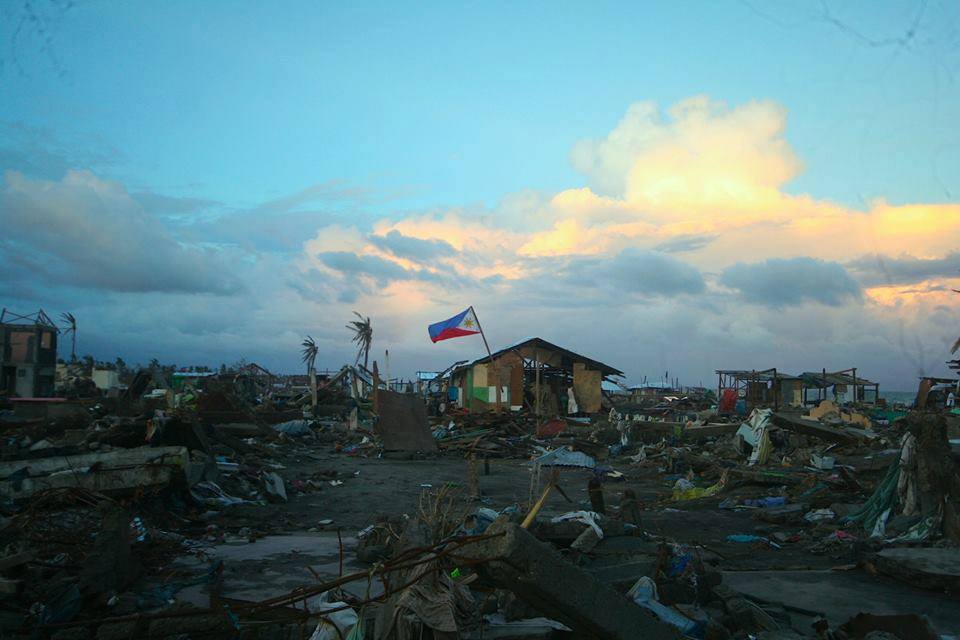
Photo: Facebook Page of Typhoon Yolanda Vital Relief and Livelihood Missions
LEGAZPI CITY –The devastation that super typhoon Yolanda (Haiyan) brought to the Philippines was indeed unfathomable—from the properties that were destroyed to the lives that were lost—no one expected that something as appalling as these would happen.
But what if it happens again?
Albay Gov. Joey Salceda, co-chairman of the United Nations Green Climate Fund (GCF) for Southeast Asia and the developing countries gave a stern warning that a super typhoon like Yolanda can visit the Philippines again.
“It could be the norm for the Philippines in the near future,” Salceda said.
The need for climate change adaptation, and the need to “act NOW” on the problem were underscored in the Summary for Policymakers, drafted March 25 to 29 during the 10th session of Working Group II (WGII-10) in Yokohama, Japan.
Developing countries like the Philippines which are particularly vulnerable to extreme weather events can be severely affected, according to the “Summary for Policymakers,” which was recently approved by the Inter-governmental Panel on Climate Change (IPCC) Working Group II (on Impacts, Adaptation and Vulnerably).
“It is this urgency for action that I am pushing for, as co-chair of the GCF Board,” Salceda said in a recent interview.
As stated in the report of Philippine News Agency, “The IPCC WG II assesses the vulnerability of socio-economic and natural systems to climate change, the negative and positive consequences of climate change, adaptation options, as well as the inter-relationship among vulnerability, adaptation and sustainable development.”
Salceda said, “We are working for the full and expeditious operationalization of the GCF this year, with an initial resource mobilization to reach a “very significant scale” as decided by the UN Framework Convention on Climate Change (UNFCCC).”
The GCF Board, he added “has in fact sought an informal dialogue soon in Washington D.C. to help us move forward.”
Salceda also hopes that Albay’s disaster risk management and climate change adaptation will be replicated throughout the whole country.
In a previous interview, the German Development Cooperation’s (GIZ) chief advisor on disaster risk management Olaf Neussner said, “[A Yolanda-like typhoon] is more likely to happen in the north like Bicol and further in Luzon.”
“Statistically speaking, more typhoons go into the Philippines in the north so this is still in the storm belt… [The] probability is higher in Bicol so there should be a prioritization done to look at areas in the north,” he added.